Kodak 2-perf 35mm delivers soft sensuality to BBC/Hulu’s intimate 'Conversations with Friends' TV series
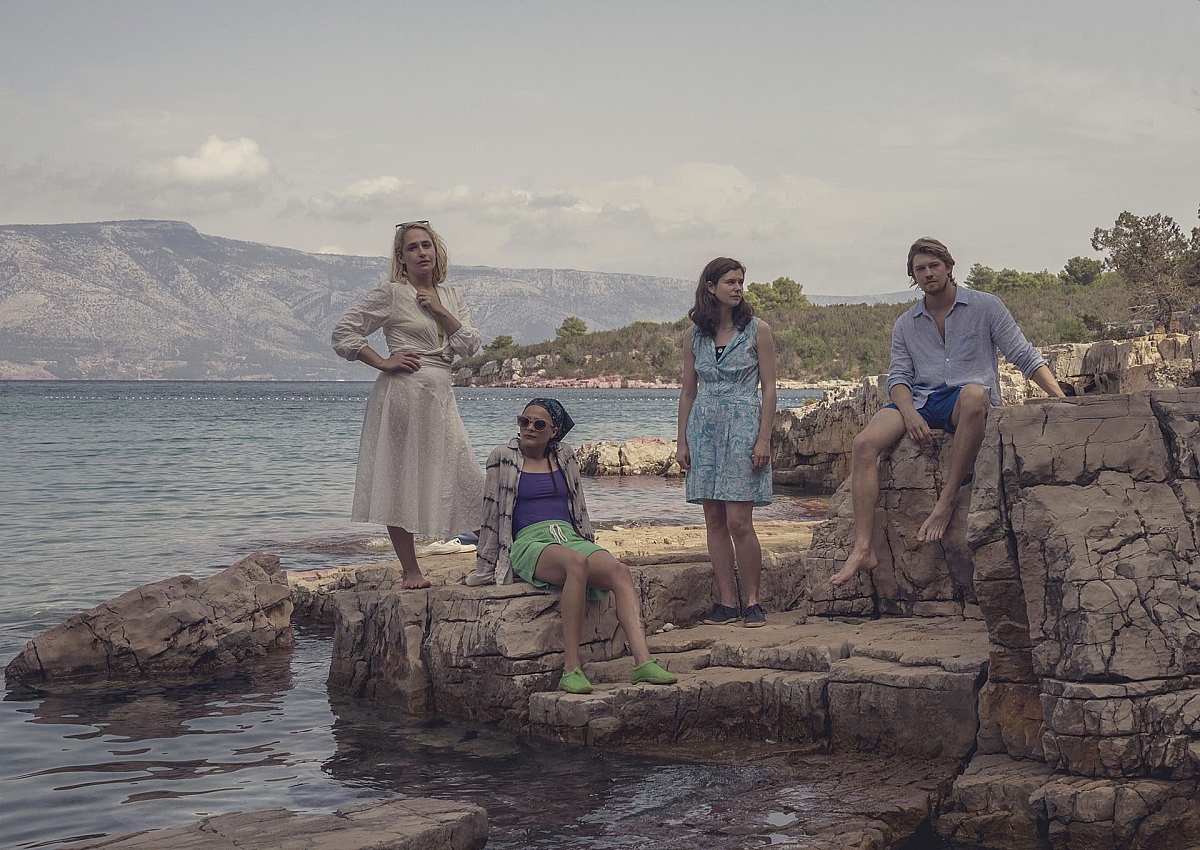
"Conversations with Friends." Image courtesy of BBC/Element Pictures/Enda Bowe.
Typically, it’s the task of the cinematographer and their director to treat sequels, prequels and origin stories to a visual change-of-gear, compared to shows that have gone successfully before.
And such was the challenge facing DP Suzie Lavelle ISC BSC and director Lenny Abrahamson when they decided to harness Kodak 2-perf 35mm film for BBC/Hulu’s sensual Conversations with Friends TV series, the companion to 2020’s lockdown sensation Normal People, which they had worked on previously together. Normal People was the most streamed series of 2020 on BBC’s iPlayer, with over 60 million views over an eight-month period.
Set in Dublin, Eire, both Normal People and Conversations with Friends are based on the best-selling, coming-of-age novels by author Sally Rooney, who also helped to adapt them for the small screen, with Abrahamson directing and executive producing through Element Pictures for BBC/Hulu.
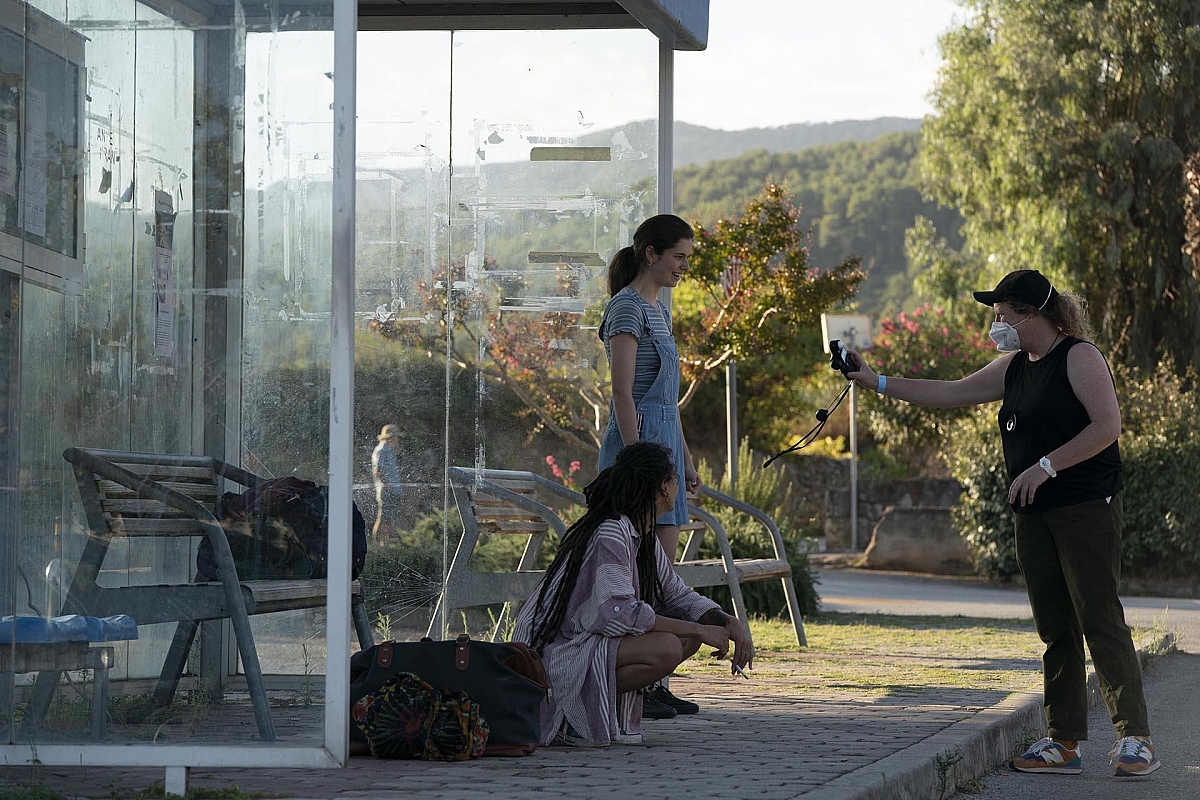
Behind the scenes on "Conversations with Friends," as DP Suzie Lavelle ISC BSC takes a meter reading. Image courtesy of BBC/Element Pictures/Enda Bowe.
Whereas Normal People, which was shot digitally, took a tender take on the budding intimacies of a young couple against a backdrop of class and privilege, Conversations with Friends deals with the passionate and complicated entanglements between best friends, ex-lovers and a married couple. The 12 x 30-minute series follows Dublin University students Frances and Bobbi – best buddies and former paramours, who perform poetry together – and how their tight-knit dynamic is threatened by the new attachments they forge with an older married couple, journalist Melissa and actor Nick.
“Lenny and I felt it would have been wrong to make Conversations with Friends with the same look-and-feel as Normal People, and we had many conversations early on about how we could change things up,” reveals Lavelle.
“Lenny wanted to retain the intimacy, naturalism and visual softness of the character-driven narrative in Normal People, but with this being a more mature four-hander, he was keen to shoot wider this time around, to have more depth and sense of the characters in place, to see more of Dublin, within the visual storytelling. We both also felt that a lot of digitally-originated TV and streaming shows were starting to look the same and were wary about the camera set-up being too big and intrusive.”
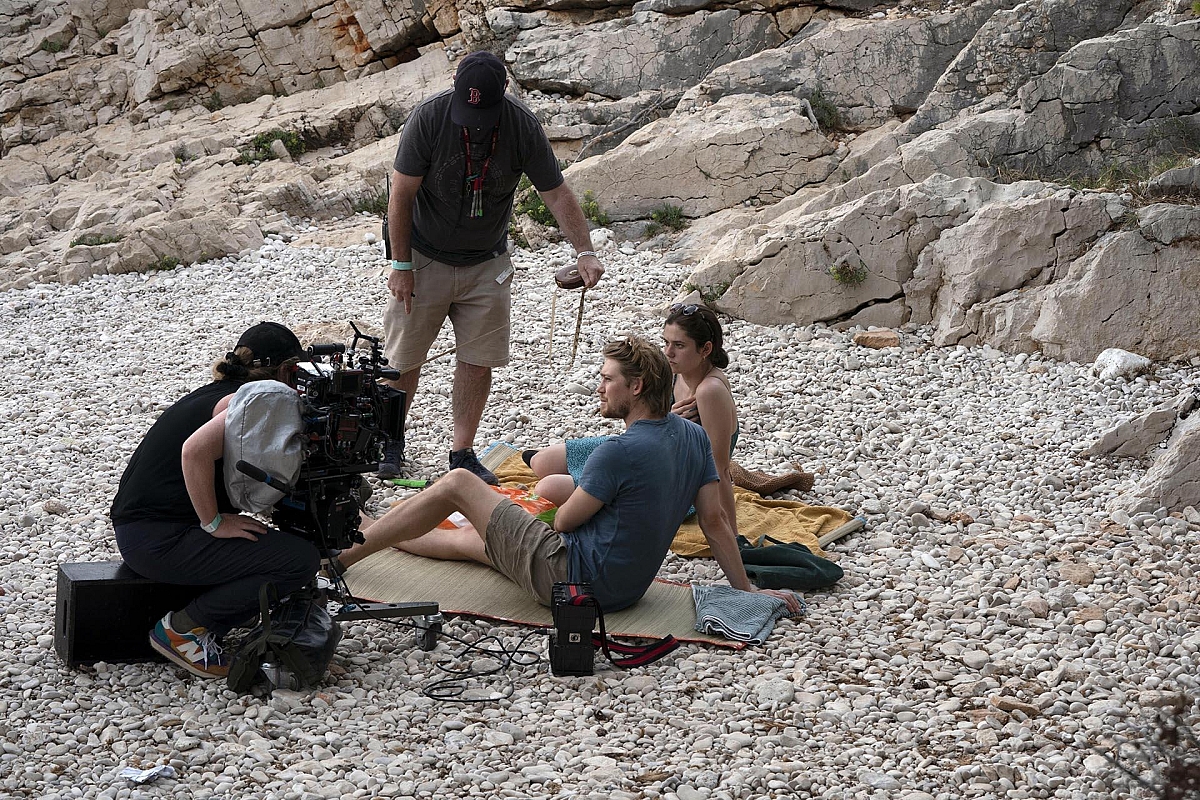
Behind the scenes on "Conversations with Friends," with DP Suzie Lavelle ISC BSC at the 35mm film camera. Image courtesy of BBC/Element Pictures/Enda Bowe.
As the scripts for Conversations with Friends were not available at the early stages of their discussions, Lavelle read Rooney’s book and admits, “The more I read it, the more I felt this story must be shot on film. So we started to explore the idea of shooting on celluloid, albeit not super-glossy 35mm.”
Scouring the internet, Lavelle came across an article on Kodak’s popular Filmmaker Stories blog about DP Jody Lee Lipes lensing HBO’s series I Know This Much is True for director Derek Cianfrance, framing in 2:1 aspect ratio on 2-perf 35mm film, using just one film stock – KODAK VISION3 500T Color Negative Film 5219 – for the entire series.
“I watched that show and loved the reality and naturalism that shooting 2-perf 35mm for a 2:1 extraction using 500T brought to the storytelling,” says Lavelle. “It put the idea in our heads that it just might be possible to shoot a British TV series on film, and we felt that if Derek and Jody had got that format through HBO, then we had a chance of getting the same approved by the BBC.”
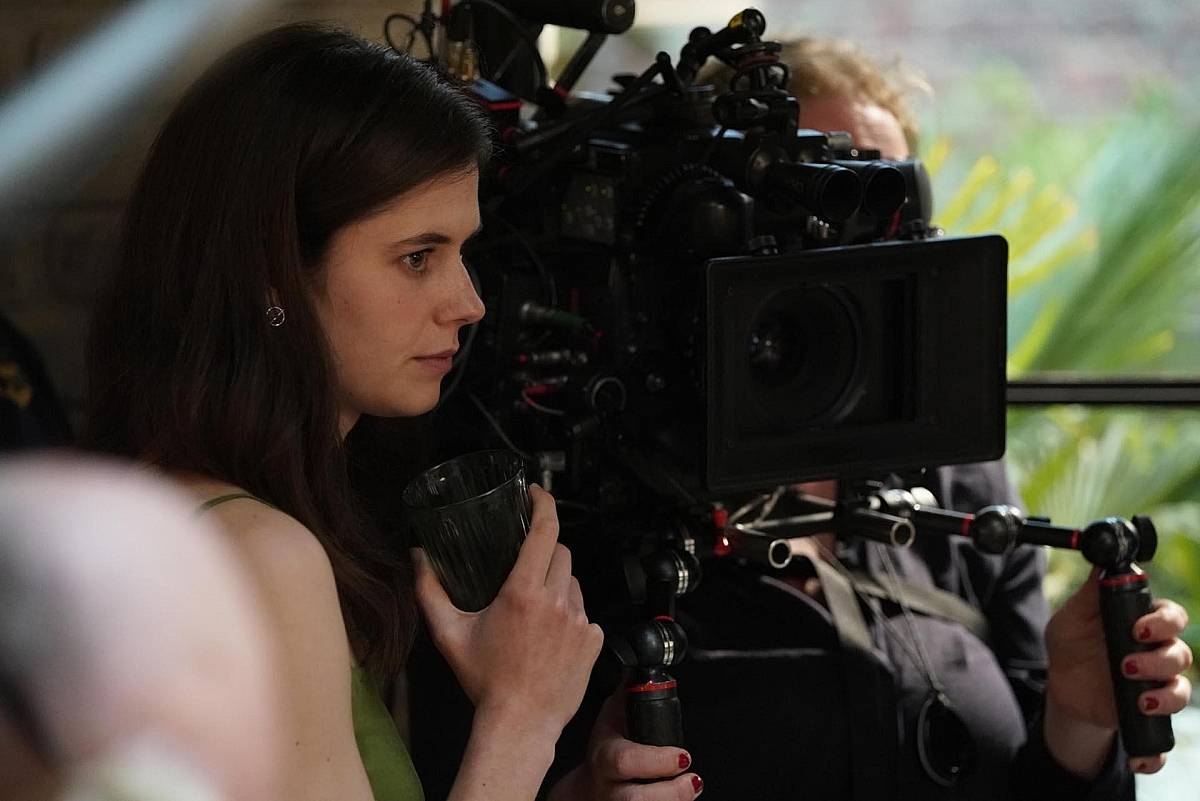
Behind the scenes on "Conversations with Friends." Image courtesy of BBC/Element Pictures/Enda Bowe.
Due to the then prevalence of COVID-19 and need for safety protocols, Lavelle shot test footage in her own home, filming family and friends at safe distances, with support from Cinelab to process the film negative and scan the results to 4K.
“Working with a small, low-impact camera package, using a lot of available light, very sympathetic to skin tones, 2-perf 35mm felt so right and effortless in terms of not feeling and noticing the camera or the light. We really felt we had found the format the show deserved, and the producers agreed.”
Along with I Know This Much is True, Lavelle also observed Martha Marcy May Marlene (2011, dir. Sean Durken, DP Jody Lee Lipes), shot on 35mm, for its filmic texture, framing of characters and blocking of group scenes in different exterior and interiors environments, noting the quiet, measured rhythm of the cinematography.
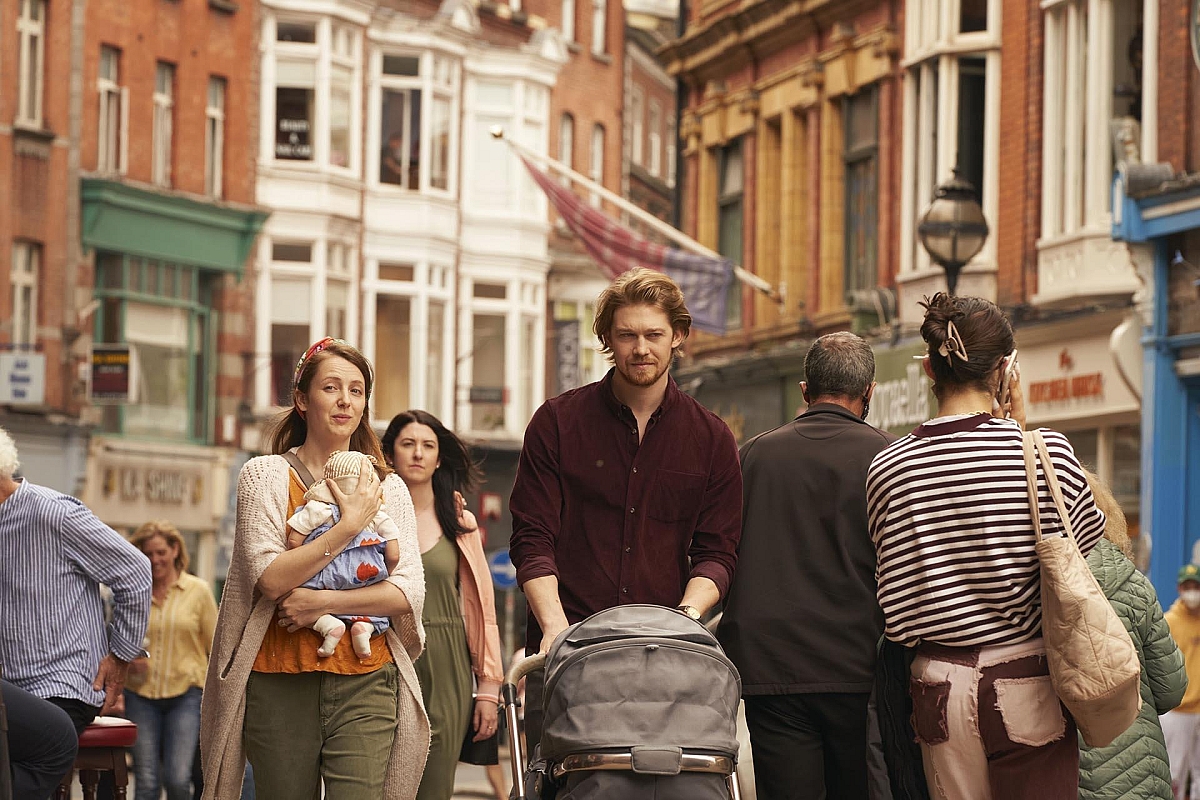
"Conversations with Friends." Image courtesy of BBC/Element Pictures/Enda Bowe.
After significant delays due to the pandemic, principal photography on Conversations with Friends got underway in March 2021, concluding in October 2021, due to numerous stop/start interruptions caused by COVID. Lavelle shot episodes 1-5, plus 11 and 12, across a total of 75 shooting days with Abrahamson, and Canadian DP Bobby Shore CSC lensed episodes 6-10 with director by Leanne Welham over the course of 50 shooting days.
Production on the series took place at Loop Studios in Belfast, where sets for Frances’ apartment and Melissa and Nick’s marital home and garden, designed by Anna Rackard, were built on the stages. Belfast exteriors stood in as much as possible for Dublin, although the team necessarily shot at locations around Dublin for eight days before moving to the Croatian island of Hvar to film the holiday scenes.
For the shoot, Lavelle went with Arricam LT 35mm fitted with 400-ft magazines, lensing through vintage Canon K35 lenses and an Angénieux 25-250 mm zoom, provided by Acorn Film & Video in Belfast.

"Conversations with Friends." Image courtesy of BBC/Element Pictures/Enda Bowe.
Lavelle and Shore both operated on what was mainly a single camera production but did incorporate the Steadicam skills of Greg McGuiness during the Irish stint of production and Charlie Cowper in Croatia, plus the focus-pulling talents of Connor Hammond, who ensured sharp images despite the lack of marks.
“Although we did some work on dolly and tracks, the majority of the camerawork was a combination of handheld and Steadicam, as we wanted to respond to the performances, which might change between takes, and to keep the image real and alive,” Lavell explains. “This approach, and the small technology footprint that comes with filming on film, also meant we could work quickly and get thorough the daily page count and setups efficiently. Typically, our Irish episodes took 12 days each, and that reduced to ten days in Croatia.
“One of the features of shooting 2-perf, especially with longer focal lengths, is that we reduced that very narrow depth-of-field that you can see in Normal People, and could stand back slightly to plant our characters, especially Frances, in the different locations around Dublin. That said, the Covid protocols were much stricter there than they were in Northern Ireland, and our 1st AD became adept at positioning plants, props and extras so we didn't get people wearing facemasks on our Dublin exteriors.”
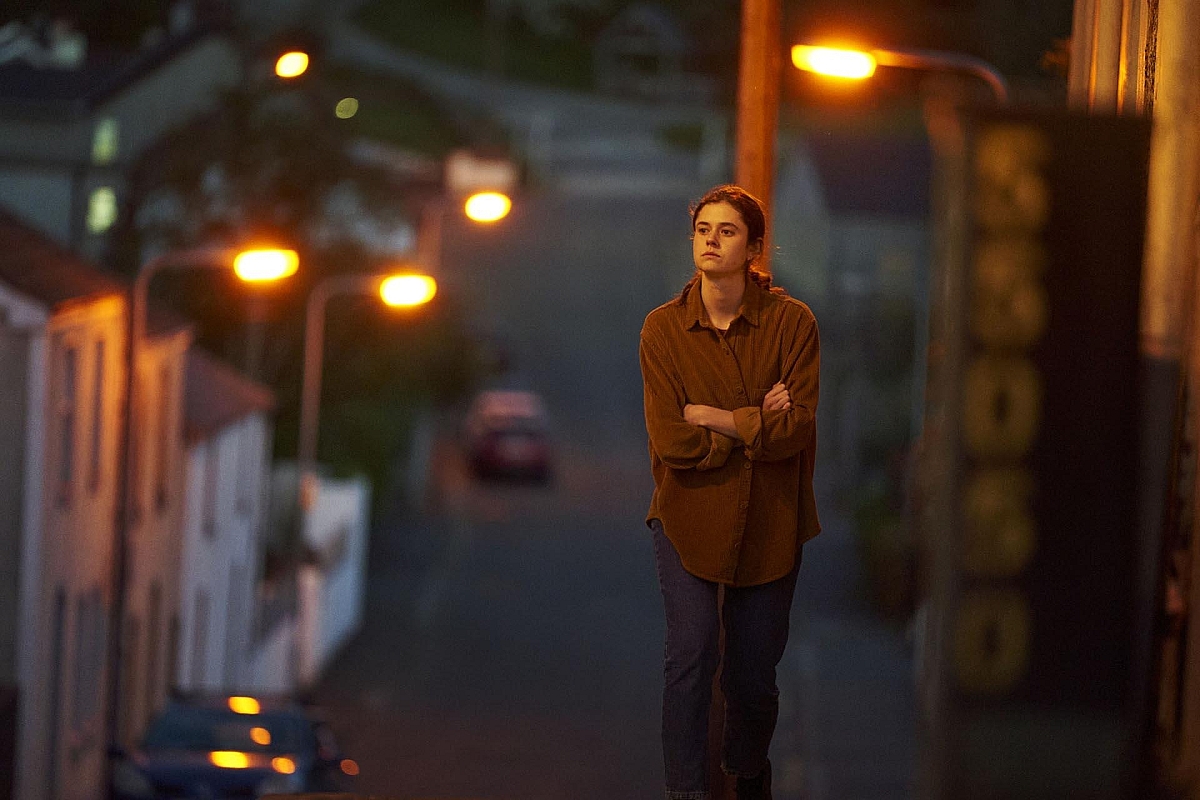
"Conversations with Friends." Image courtesy of BBC/Element Pictures/Enda Bowe.
Lavelle reveals that she considered using different film stocks for the series but went with VISION3 500T 5219 Film for the entire production. Her preferred lighting approach involved using mainly Tungsten fixtures – Dinos, half-Wendy’s, 10K and 20K Molebeams, plus Mini and Maxi-brutes – which, in combination with her vintage lens choices, encouraged warmth, softness and intimacy in the imagery. The production gaffer was Simon Magee, with lighting equipment provided by PKE.
“I wanted to deliver a rich, low-contrast negative to post-production and knew that 500T loves color. It’s so natural and lovely-looking on skin tones – even when you are flooding the image with illumination to keep it light and airy. I especially loved how the 500T picked up on the golden stone, the pinky-reds of the vegetation, and blue-green of the sea when we shot in Croatia. And it was absolutely bonkers how it held detail in massively over-exposed areas of the image, such as the café scene we shot in Belfast.
“I studied cinematography at the National Film & TV School in London, where we shot on film and were drilled by our tutors, especially Brian Tufano BSC, about exposure. In a world where we have become accustomed to forever checking monitors on set, it was wonderful to see the crew not having to worry about any of that, trusting their eyes instead and knowing that on film what you see is what you get.”
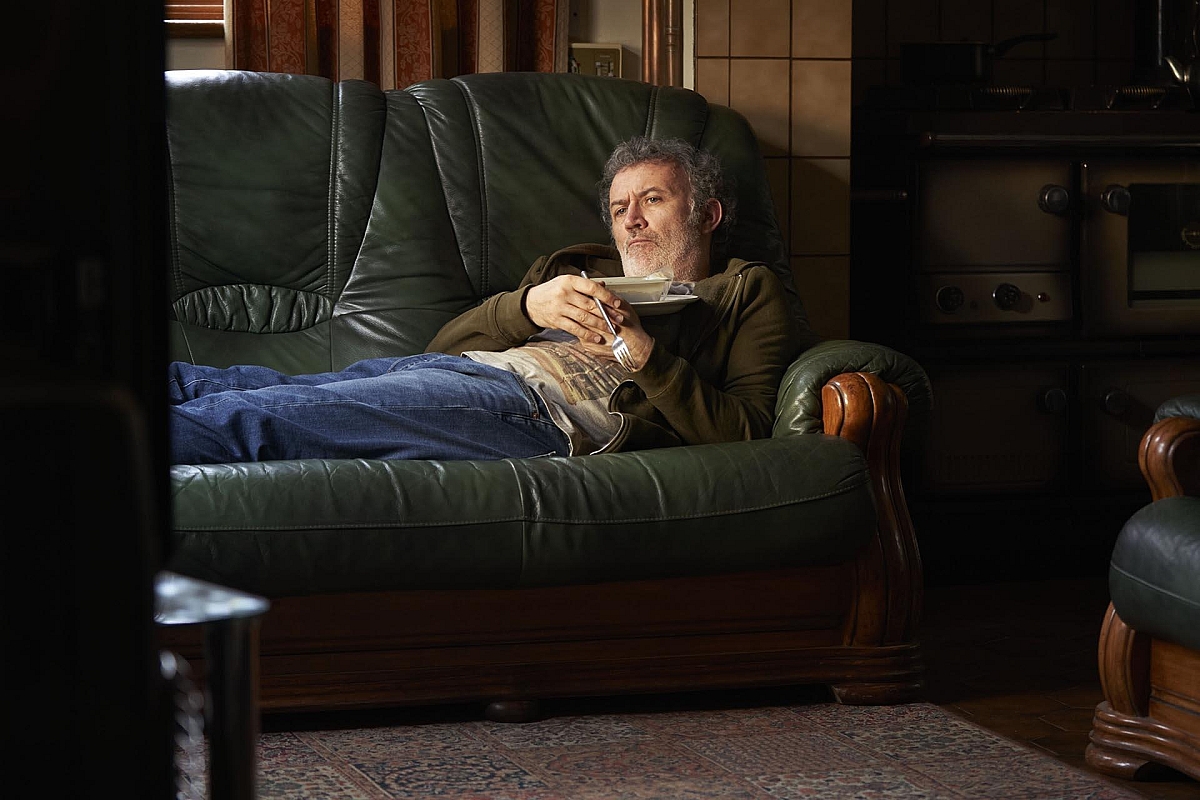
"Conversations with Friends." Image courtesy of BBC/Element Pictures/Enda Bowe.
One of the significant achievements when shooting Normal People had been the help of intimacy co-ordinator Ita O’Brien in supporting the actors and the crew when it came to staging scenes involving sex and nudity. And once again, O’Brien became part of the crew.
“As with any choreographed scene – such as a stunt or a dance – you need a specialist practitioner to help everybody talk about things properly and professionally, so that everyone – the actors and the crew – knows what is required and feels comfortable,” says Lavelle. “When everyone was on the same page, we filmed with a really respectful, closed set – just Lenny, me and my focus puller, the boom op and someone from costume/make-up. We had the full backing of the producers and were not pressed on time during those scenes and let the actors take the lead, and I think that resulted in a special on-screen chemistry for those moments.”
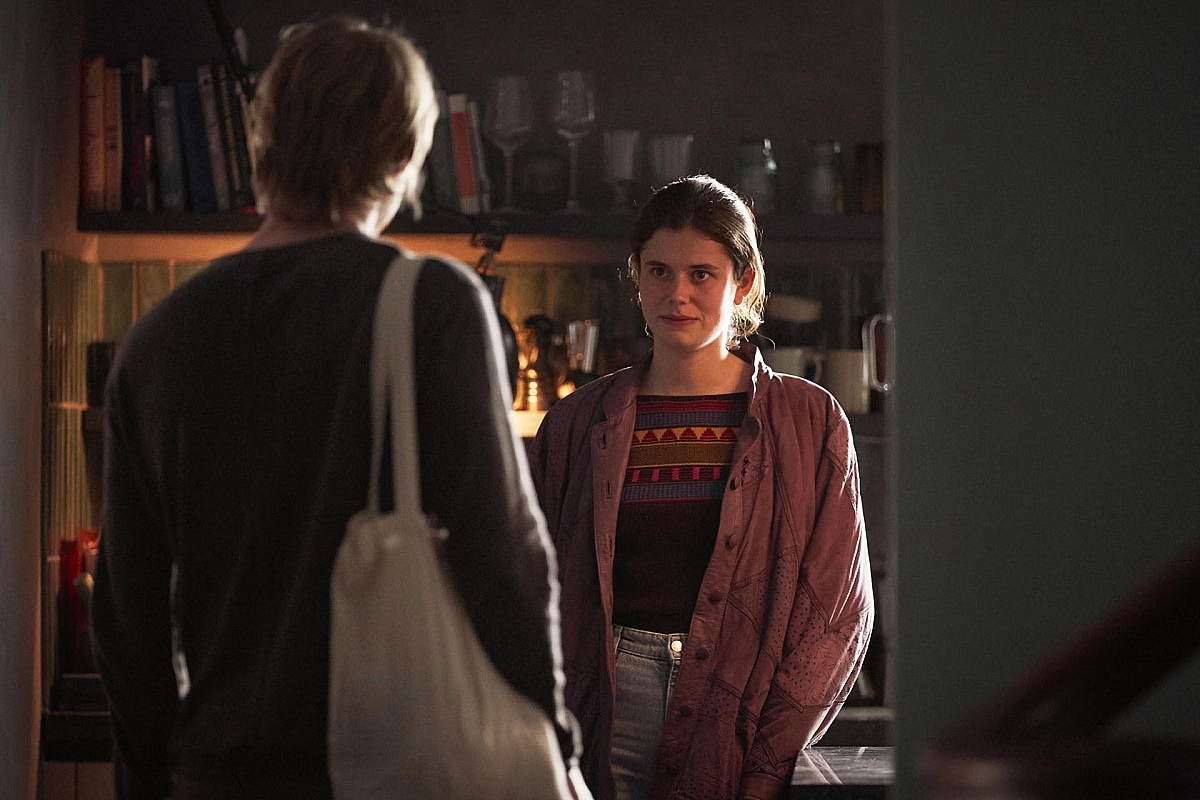
"Conversations with Friends." Image courtesy of BBC/Element Pictures/Enda Bowe.
Film processing on the Irish stint of the production was done at Cinelab, with Hungarian Film Lab supporting the Croatian-based shoot. The final grade on Conversations with Friends was completed by colourist Garry Curran at Outer Limits in Dublin, where Lavelle says the work “didn’t involve anything radical, as we had captured the essence of the show on film in-camera, so it was more about finessing the look in general.”
Lavelle concludes, “It was a considerable challenge to live up to the success of Normal People, whilst creating something that had its own distinctive look and style, during a schedule that was constantly blighted by the pandemic in some form or other. Film is altogether a different tool for visual storytelling. It really kept us on our toes but helped to make things fast and efficient too. It was a joyful experience and think the result looks amazing.”